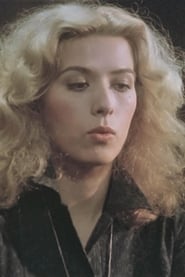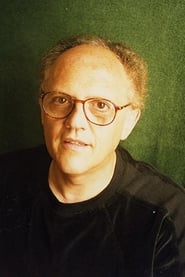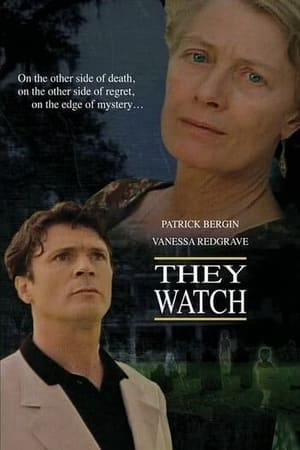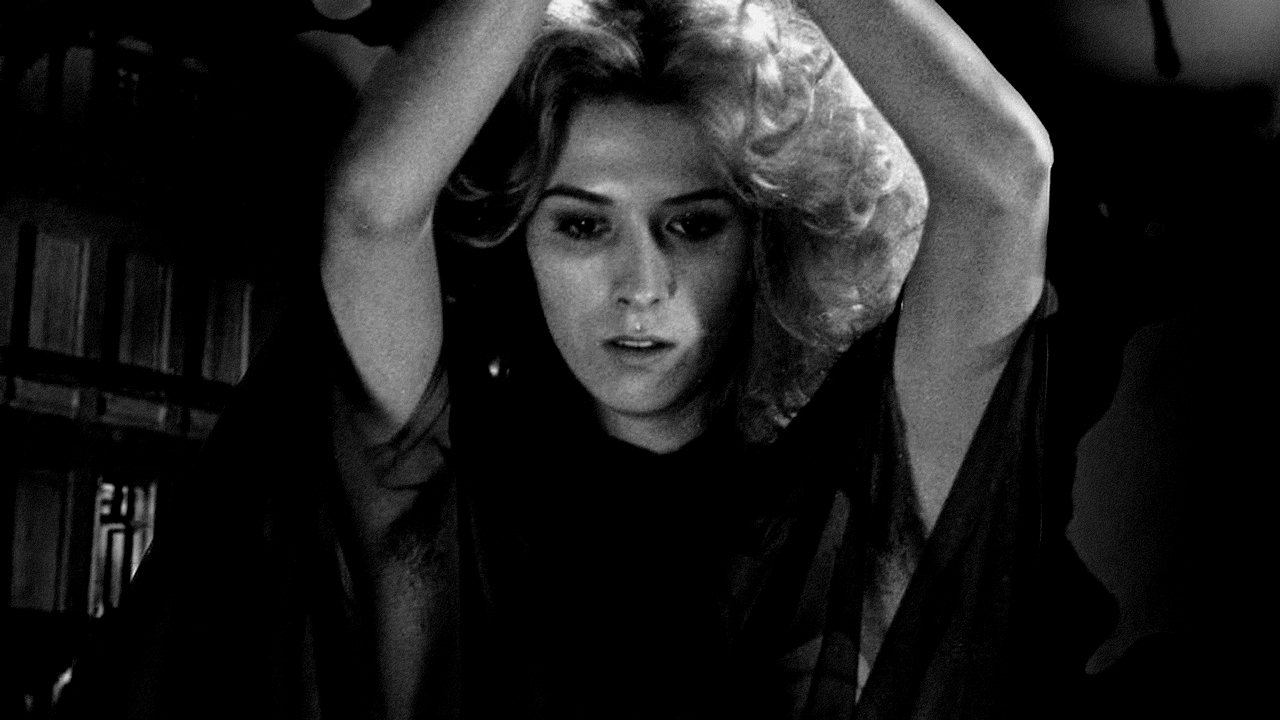
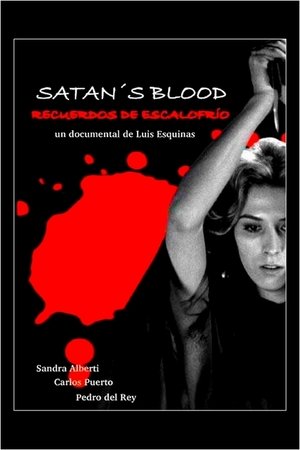
Satan's Blood: recuerdos de «Escalofrío»(2016)
The story of the shooting of Satan's Blood (Escalofrío), a film directed by Carlos Puerto in 1978.
Movie: Satan's Blood: recuerdos de «Escalofrío»

Satan's Blood: recuerdos de «Escalofrío»
HomePage
Overview
The story of the shooting of Satan's Blood (Escalofrío), a film directed by Carlos Puerto in 1978.
Release Date
2016-10-15
Average
6
Rating:
3.0 startsTagline
Genres
Languages:
EspañolKeywords
Recommendations Movies
 7.7
7.7ΤΑΙΝΙΑ(el)
Thanasis, a rising movie star is excited about the new movie he is starring in. This movie is called FILM. The excessive ambitions and artistic vision of the director that will lead Thanasis to madness. He himself is determined to discover the secret of filming and ultimately the secret of life. In a film shooting nothing is as it seems.
Qwerty(en)
A mentally-afflicted young man is accused of murdering his longtime benefactor. The real truth of what happened lies in his mad obsession with his supposed victim's old typewriter, on which he types relentlessly, day and night.
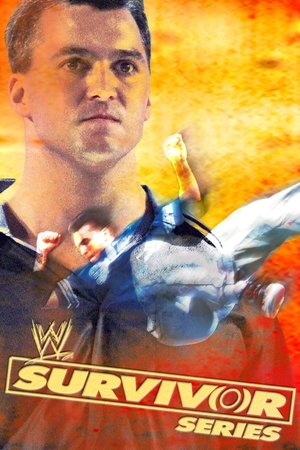 8.1
8.1WWE Survivor Series 2003(en)
Survivor Series (2003) was the 17th annual Survivor Series PPV and was presented by Microsoft's Xbox. It took place on November 16, 2003 at the American Airlines Center in Dallas, Texas and featured talent from both Raw and SmackDown! The main match on the Raw brand was for the World Heavyweight Championship between Goldberg and Triple H. The predominant match on the SmackDown! brand was a Buried Alive match between The Undertaker and Vince McMahon. This would also be marked as The Undertaker's last appearance portraying Big Evil/The American Badass, as he would return four months later at WrestleMania XX in his Deadman persona. The predominant match on the Raw brand was a 5 on 5 Traditional Survivor Series match between Team Bischoff (Chris Jericho, Christian, Randy Orton, Scott Steiner and Mark Henry) and Team Austin (Shawn Michaels, Rob Van Dam, Booker T, Bubba Ray Dudley, and D-Von Dudley). The main match on the card featured an Ambulance match between Kane and Shane McMahon.
 4.0
4.0Hannibal(en)
A young man happens upon a strange, isolated village which is oppressively ruled by foreign soldiers. When he tries to inquire into what is going on, he is forced to flee to an island where a renegade medical doctor tries to force him into submission.
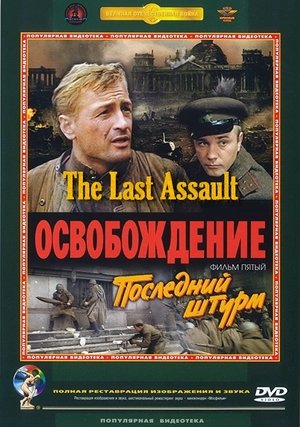 7.4
7.4Liberation: The Last Assault(ru)
In Berlin, Lieutenant Yartsev's infantry and Tzvetaev's battery fight their way in the U-Bahn. Captain Neustroev's company is selected to hoist the Victory Banner atop the Reichstag.
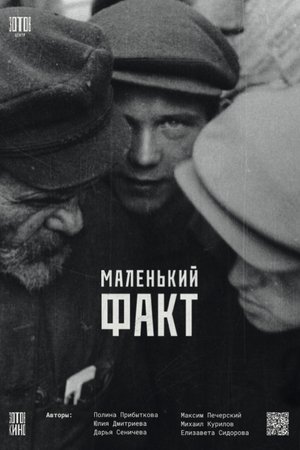 7.2
7.2A Little Fact(ru)
A jigsaw film assembled from archival footage from the 20s and 30s, preserving memories of the construction of a new and everyday life - the launch of the metro, hard work, cultural life and leisure. By combining two parallel stories - state film chronicles and diary entries - the film attempts to revise the historical archive and the usual perception of the time, bringing to the forefront the collective image of a hero from the crowd.
 5.8
5.8Les Milles(fr)
In the beginning of the Second World War, Germans, Austrians and persons without nationality living in France are sent to the concentration camp of Les Milles by France government. Commander Charles Perrochon is the responsible for this camp and he promises to the leaders of the prisoners to protect them from the Nazis. When France is invaded by the Germans, Commander Perronchon will disobey orders and his superiors trying to save these men. He gets a train, a ship and money from USA to send about eight hundred of these prisoners to the safety of Casablanca, in Marrocos.
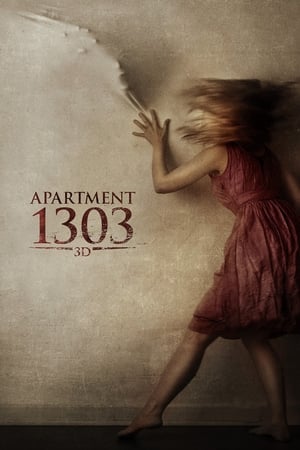 3.6
3.6Apartment 1303 3D(en)
A woman uncovers sinister secrets while investigating the apparent suicide of her sister.
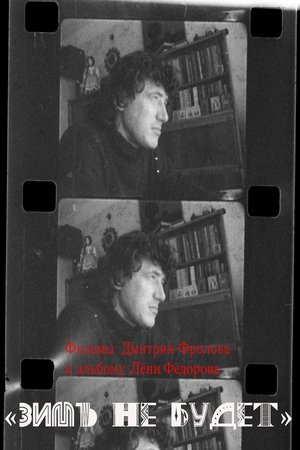 0.0
0.0Winter Will Not Be(ru)
"There will be no winters" - a film consisting of 14 short novels, each with its own plot and a musical theme. In fact, this is a screen version of the same album of Russian avant-garde singer Leonid Fedorov.
 6.8
6.8Moscowin Kavery(ta)
Moscowin Kavery (English: Moscow's Kaveri ) is a 2010 Tamil romantic drama film written and directed by cinematographer Ravi Varman, making his directorial debut, besides handling the cinematography. The film, which has lyrics written by Vairamuthu and music scored by Thaman, stars Rahul Ravindran and Samantha in the lead roles with Harshvardhan, Santhanam and Seeman essaying supporting roles. Releasing on 27 August 2010, after nearly three years of production, the film was ultimately panned by critics.
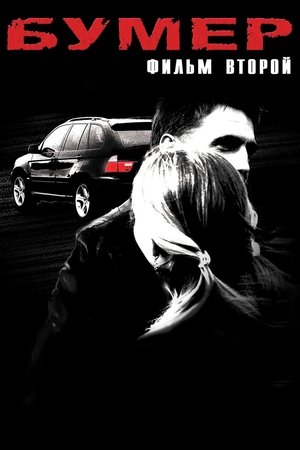 6.0
6.0Bummer 2(ru)
The film takes place a few years after the events shown in Bummer. Kostyan "Kot", who lost all his friends, the woman he loved and was nearly killed in the first installment of the film tries to begin a new, peaceful life. But is it possible to do? Has Russia changed and do "bratki" on black "bummers" no longer control business? Can he escape his past?
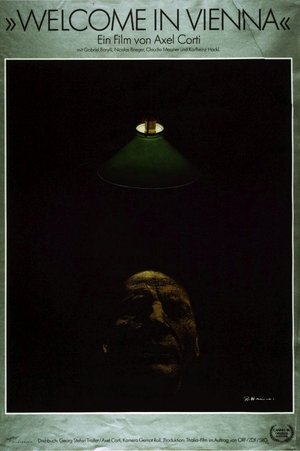 6.4
6.4Welcome in Vienna(de)
Freddy, a Viennese Jew who emigrated to New York after Hitler's invasion, and Adler, a left-wing intellectual originally from Berlin, return to Austria in 1944 as soldiers in the U.S. Army. Freddy falls in love with the daughter of a Nazi, and Adler attempts to go over to the Communist Zone. But with the advent of the Cold War and continuing anti-semitism, the idealism of both characters is shattered as they find themselves surrounded by cynicism, opportunism, and universal self-deception.
 5.4
5.4A Warrior's Heart(en)
Unable to cope with his military father's sudden death in combat, quick-tempered teen, Conor, starts getting into serious trouble. During an intense lacrosse camp, his father's old friend challenges Conor to get his life on track and become a man.
 6.6
6.6The Winning of Barbara Worth(en)
While building an irrigation system for a Southwestern desert community, an engineer vies with a local cowboy for the affections of a rancher's daughter.
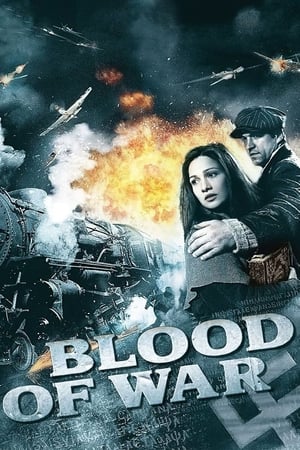 4.5
4.5Blood of War(ru)
October 1941. German forces have penetrated deep into Russia and are laying waste to everything they see. The Soviet high command takes every chance they get to secure the rear and take anything of historic importance out of harm's way.
Similar Movies
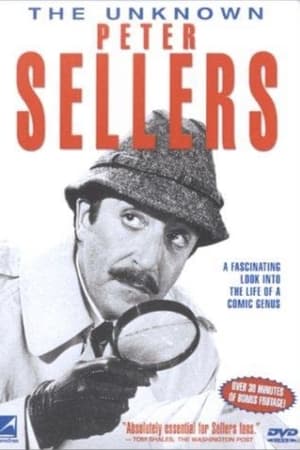 8.0
8.0The Unknown Peter Sellers(en)
Documentary about the life and career of a comic genius, Peter Sellers.
 7.9
7.9Michel Gondry: Do It Yourself(fr)
A portrait of French filmmaker Michel Gondry, creator, for three decades, of an imperfect, astonishing, fascinating, damaged and poetic work.
 6.0
6.0Clawing! A Journey Through the Spanish Horror(es)
In the late sixties, Spanish cinema began to produce a huge amount of horror genre films: international markets were opened, the production was continuous, a small star-system was created, as well as a solid group of specialized directors. Although foreign trends were imitated, Spanish horror offered a particular approach to sex, blood and violence. It was an extremely unusual artistic movement in Franco's Spain.
 0.0
0.0Remembering Ragtime(en)
Memories from the making of the classic Milos Forman film "Ragtime".
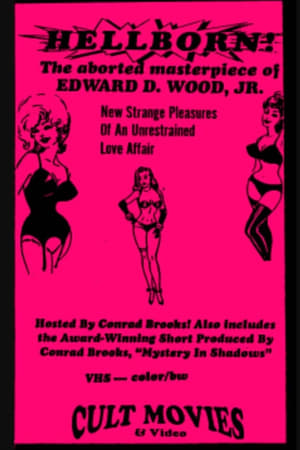 6.0
6.0Hellborn(en)
Conrad Brooks discusses "Hellborn," his unfinished movie with Ed Wood, and other projects
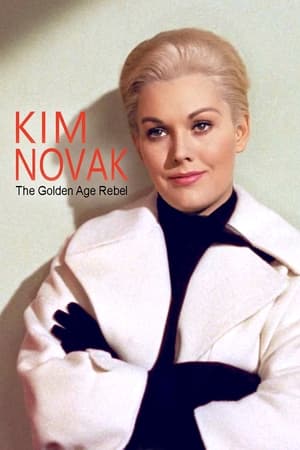 6.9
6.9Kim Novak: Hollywood's Golden Age Rebel(fr)
Kim Novak never dreamed on being a star, but she became one. Most famous for her enigmatic performance in Hitchcock’s Vertigo (1958), the Chicago-born actress never quite fitted into the Hollywood mould and wanted to do things her own way.
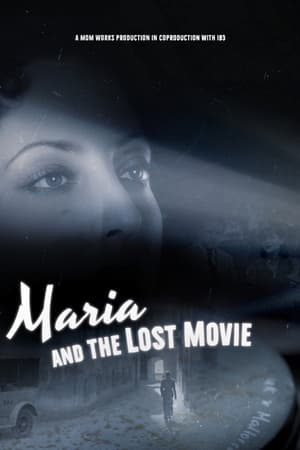 7.0
7.0Maria and the Lost Movie(ca)
The pianist Miguel Ángel Lozano embarks on a personal and artistic journey with the purpose of reconstructing the life of his grandmother, Maria Forteza (1910-60), singer and pioneer of Spanish sound films.
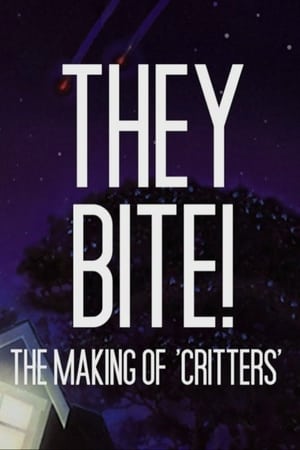 0.0
0.0They Bite!: The Making of Critters(en)
Documentary about the original 1986 film Critters. Features interviews with actors Dee Wallace, Don Opper, Terrence Mann, and Lin Shaye; producer Barry Opper; writer Brian Muir; critter designers and voice actors; and many more.
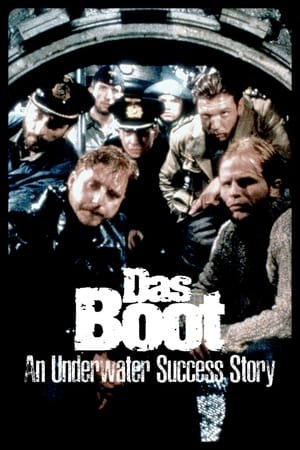 6.6
6.6Das Boot Revisited: An Underwater Success Story(de)
In 1981, a film about the misadventures of a German U-boat crew in 1941 becomes a worldwide hit almost four decades after the end of the World War II. Millions of viewers worldwide make Das Boot the most internationally successful German film of all time. But due to disputes over the script, accidents on the set, and voices accusing the makers of glorifying the war, the project was many times on the verge of being cancelled.
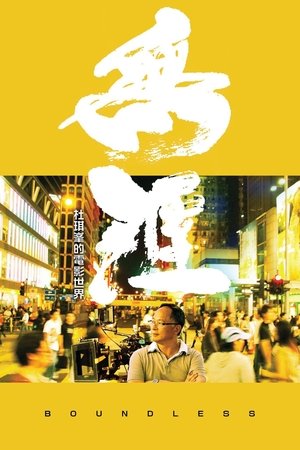 7.5
7.5Boundless(cn)
As Hong Kong's foremost filmmaker, Johnnie To himself becomes the protagonist of this painstaking documentary exploring him and his Boundless world of film. A film student from Beijing and avid Johnnie To fan, Ferris Lin boldly approached To with a proposal to document the master director for his graduation thesis. To agreed immediately and Lin's camera closely followed him for over two years, capturing the man behind the movies and the myths. The result is Boundless, a candid profile of one of Hong Kong's greatest directors and a heartfelt love letter to Hong Kong cinema.
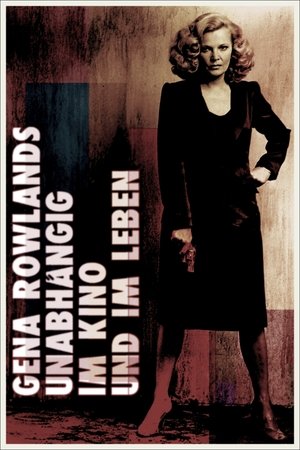 7.2
7.2Gena Rowlands: A Life on Film(de)
An intimate portrait of the superb actress Gena Rowlands, icon of independent cinema. Together with her husband, legendary director John Cassavetes (1929-89), she lived an unusual life beyond the dream factory, a life in which reality and fiction were so perfectly intertwined that it made possible films that still today seem incredibly real.
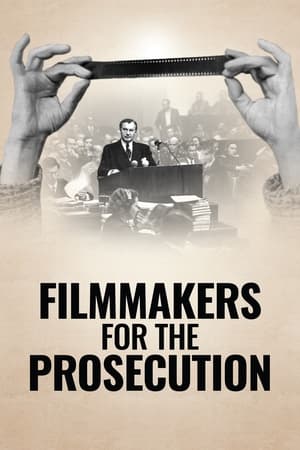 6.5
6.5Filmmakers for the Prosecution(fr)
In 1945, two young American soldiers, brothers Budd and Stuart Schulberg, are commissioned to collect filmed and recorded evidence of the horrors committed by the infamous Third Reich in order to prove Nazi war crimes during the Nuremberg trials (1945-46). The story of the making of Nuremberg: Its Lesson for Today, a paramount historic documentary, released in 1948.
Jorge Prelorán, el cine de un humanista(es)
Jorge Prelorán was one of the most prolific documentary filmmakers from Argentina. This documentary presents an interview which focuses on his creative work, and on how his ideas about documentaries are key in the uniqueness of his topics and characters.
 0.0
0.0Miyazaki, Spirit of Nature(fr)
A documentary that focuses on Hayao Miyazaki’s deep connection to nature and the environmental themes expressed through his films.
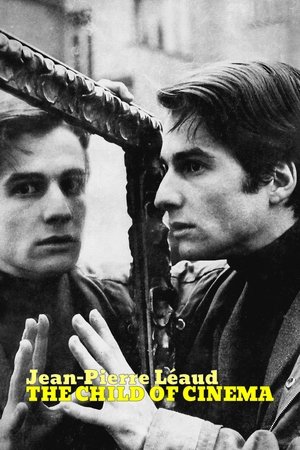 7.7
7.7Jean-Pierre Léaud: The Child of Cinema(fr)
A portrait of the legendary actor Jean-Pierre Léaud, icon of the French New Wave and closely linked to the work of François Truffaut and Jean-Luc Goddard.
Tax Shelter Terrors(en)
The first feature-length documentary that fully explores how the toxic social and political Canadian context after 1968 created some of the most nihilistic and imaginative Canadian cult films of the 1970s and 80s and beyond.
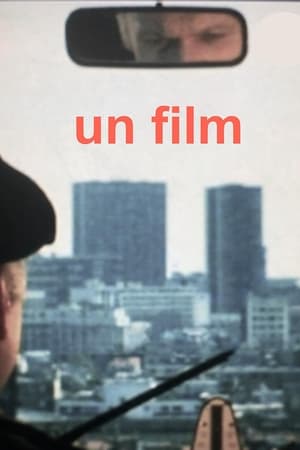 7.0
7.0Un film (autoportrait)(fr)
The shooting diary of a film shot in France and in the United States. Using photos of Paris and of New York City, excerpts of his former films, statements by friends of his and shooting sequences of the film itself, tormented filmmaker Marcel Hanoun has made a heterogeneous and unclassifiable film about the difficulty of filming.
 6.5
6.5In the Shadow of Hollywood: Race Movies and the Birth of Black Cinema(en)
This documentary captures the sounds and images of a nearly forgotten era in film history when African American filmmakers and studios created “race movies” exclusively for black audiences. The best of these films attempted to counter the demeaning stereotypes of black Americans prevalent in the popular culture of the day. About 500 films were produced, yet only about 100 still exist. Filmmaking pioneers like Oscar Micheaux, the Noble brothers, and Spencer Williams, Jr. left a lasting influence on black filmmakers, and inspired generations of audiences who finally saw their own lives reflected on the silver screen.
This Is Not a Dream(en)
The video revolution of the 1970s offered unprecedented access to the moving image for artists and performers. This Is Not a Dream explores the legacies of this revolution and its continued impact on contemporary art and performance. Charting a path across four decades of avant-garde experiment and radical escapism, This Is Not a Dream traces the influences of Andy Warhol, John Waters and Jack Smith to the perverted frontiers of YouTube and Chatroulette, taking in subverted talk shows and soap operas, streetwalker fashions and glittery magic penises along the way.
 6.6
6.6The Dinosaur(fi)
Acclaimed Finnish director Rauni Mollberg made several scandalous yet widely appreciated films. Former co-worker Veikko Aaltonen’s eye-opening documentary The Dinosaur looks at the relentless, often disturbing directing techniques behind Mollberg’s art and success.
